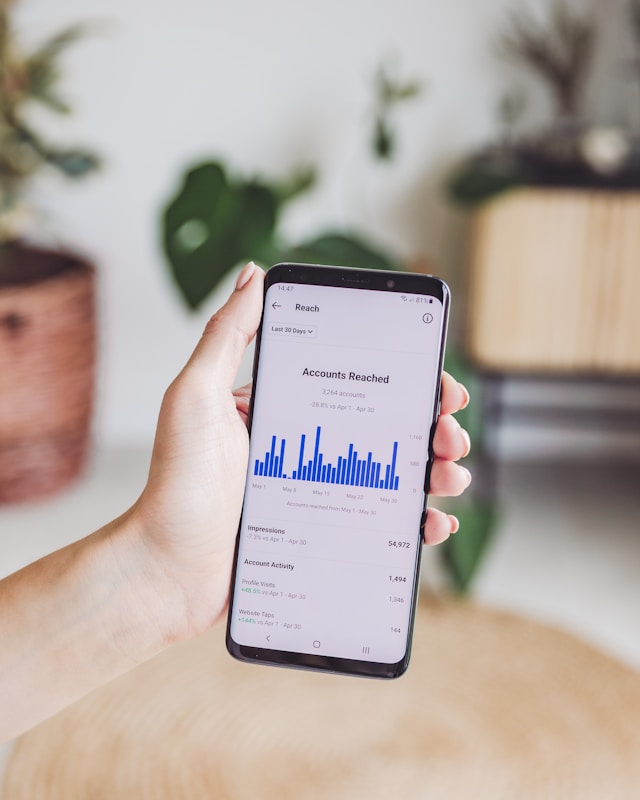If you want your website to perform well, you first have to know what’s wrong with it. That’s where an SEO website audit comes in. Think of it as a complete health check for your website. It’s a deep dive into every aspect of your site, from its technical foundations to its content quality, to find out what’s holding it back from ranking higher. A thorough audit is the critical first step in any successful SEO campaign.

What are the most common technical SEO issues found in an audit?
A typical SEO audit uncovers a variety of common technical issues that can hinder a website’s performance. One of the most frequent problems is a slow site speed, which can negatively impact both user experience and search engine rankings. Another common issue is a lack of mobile-friendliness, which is a major problem now that Google uses mobile-first indexing. Outdated or incorrect redirects can also cause problems, leading to pages that are inaccessible to both users and crawlers.
Furthermore, audits often reveal issues with site architecture, such as a poor internal linking structure or an illogical hierarchy that makes it difficult for search engines to understand the relationships between pages. Broken links (404 errors) and ‘crawl errors’, which prevent search engine bots from properly indexing a site, are also frequently found. Addressing these technical issues is a crucial first step in any SEO campaign, as it provides a solid foundation for all other optimisation efforts.
How does an audit help improve site speed?
An SEO audit helps improve site speed by identifying the specific elements that are slowing down your website. The audit will use tools to analyse metrics such as Time to First Byte (TTFB), Largest Contentful Paint (LCP), and First Input Delay (FID), which are all indicators of a site’s performance. It will pinpoint issues like unoptimised images that are too large, excessive use of heavy JavaScript or CSS files, and inefficient server response times.
Once these issues are identified, the audit provides a clear set of recommendations for improvement. This might include compressing and resizing images, leveraging browser caching, or minifying code to reduce file sizes. By implementing these changes, you can significantly reduce your site’s load time. A faster website not only improves your search engine rankings but also provides a better user experience, leading to higher engagement and lower bounce rates.


What is a crawl budget and why is it important to an audit?
A crawl budget is the number of pages on your website that a search engine bot, such as Googlebot, is willing to crawl within a given time frame. For smaller websites, this is usually not a major concern, but for large sites with thousands of pages, an inefficient crawl budget can mean that new or updated content is not discovered quickly. An SEO audit examines how search engine bots are interacting with your site to ensure that your crawl budget is being used effectively.
The audit will look for issues that can waste your crawl budget, such as duplicate content, broken links, or pages that are unnecessarily blocked from being crawled. It also checks your robots.txt file and XML sitemap to ensure they are properly configured to guide the bots to your most important content. By optimising your crawl budget, you can ensure that search engines are regularly finding and indexing the pages that are most valuable to your business, which is essential for maintaining your visibility in search results.
How do you check for and fix duplicate content issues?
Duplicate content is a major issue that an SEO audit helps to uncover. It refers to identical or near-identical content that appears on multiple pages within your website or across different websites. This can confuse search engines, which don’t know which version of the content to rank, often leading to a diluted SEO performance for all of the pages involved.
An audit uses specialised tools to scan your website for duplicate content and identify the specific pages that are causing the problem. Once identified, a consultant will recommend solutions, such as implementing ‘canonical tags’ to tell search engines which version of the content is the preferred one. In other cases, they might suggest merging duplicate pages into a single, more authoritative page or rewriting the content to make each page unique. Addressing duplicate content is crucial for ensuring that your website’s authority is consolidated and not spread thin across multiple pages.


What role do Core Web Vitals play in a modern SEO audit?
Core Web Vitals are a set of specific metrics that Google uses to measure a user’s experience on a web page. They are a critical part of a modern SEO audit because they are now a direct ranking factor. The three main metrics are Largest Contentful Paint (LCP), which measures loading performance; First Input Delay (FID), which measures interactivity; and Cumulative Layout Shift (CLS), which measures visual stability.
An SEO audit will analyse your website’s performance against these metrics to identify areas for improvement. For instance, a poor LCP score might be due to a slow-loading hero image, while a high CLS score could be caused by elements on the page shifting around during loading. The audit provides concrete recommendations to fix these issues, which not only improves your Core Web Vitals scores and boosts your search rankings but also provides a smoother and more enjoyable experience for your visitors.
How can an audit help identify and fix broken links?
An SEO audit uses automated tools to crawl your website and identify all internal and external broken links. These are links that point to a page that no longer exists, resulting in a 404 ‘Not Found’ error. Broken links are detrimental to both user experience and SEO. For users, they create a frustrating and unprofessional experience. For search engines, they signal a lack of site maintenance and can waste your valuable crawl budget.
Once the broken links have been identified, the audit provides a list of specific URLs that need to be fixed. The consultant will then recommend the best course of action. This could involve updating the link to point to the correct URL, redirecting the broken link to a relevant new page, or simply removing the link altogether. Fixing broken links is a straightforward but essential part of an audit that helps to improve site health and user trust.


What is an audit’s scope for analysing content quality?
While an SEO audit is often focused on technical issues, a comprehensive one will also include a detailed analysis of your content’s quality and relevance. The audit will examine your content to see if it meets user intent, is well-written, and provides genuine value. It will look for thin content, which is content that has very little substance, and outdated content that may no longer be accurate.
The audit will also assess how your content is organised and if it is properly optimised for your target keywords. It will check for issues like keyword stuffing, which is the practice of overusing a keyword in a way that sounds unnatural. The recommendations that come from this part of the audit might include suggestions for creating new content, updating old articles, or reorganising your website’s structure to create a clearer content hierarchy.
Can an SEO audit help me improve my website’s security?
Yes, a good SEO audit will touch upon a website’s security from an SEO perspective. Security is a ranking factor, and search engines like Google favour sites that are secure and trustworthy. A key part of this is ensuring that your website has an SSL certificate, which is what gives it an ‘HTTPS’ URL. The audit will check for this and make sure it is properly implemented across all pages.
Furthermore, the audit may highlight other potential security vulnerabilities that could lead to your site being compromised. A hacked website can lead to malware being spread to users, which will cause search engines to de-index your site and display a security warning. By identifying these security issues early, an SEO audit helps protect your website’s reputation, maintains user trust, and prevents a potential catastrophic drop in your search rankings.


How do I use Google Analytics and Search Console for an audit?
Google Analytics and Google Search Console are invaluable tools for an SEO audit, as they provide a wealth of data about your website’s performance directly from Google. Google Analytics gives you insights into user behaviour, such as where your traffic is coming from, which pages are most popular, and how users are navigating through your site. An audit uses this data to identify pages with high bounce rates or low time on page, which could indicate a content or user experience problem.
Google Search Console, on the other hand, is essential for understanding how Google views your site. An audit uses it to check for crawl errors, see which keywords you are ranking for, and identify any manual or algorithmic penalties that may have been applied. By combining the behavioural data from Analytics with the technical data from Search Console, an SEO consultant can build a comprehensive picture of your site’s health and performance.
What happens after the audit is complete?
Once the SEO audit is complete, the consultant will provide you with a detailed report of their findings, prioritising the most critical issues to address first. This report is not just a list of problems; it is an actionable roadmap for improvement. The consultant will explain the reasoning behind each recommendation and outline the step-by-step process for implementation.
The post-audit phase involves the execution of this plan. The consultant will either work with your in-house team to implement the changes or manage the process themselves, depending on your agreement. This is where the real work begins—fixing the technical issues, optimising content, and starting the process of building links. The audit is a strategic beginning that sets the stage for a long-term, successful SEO campaign.


